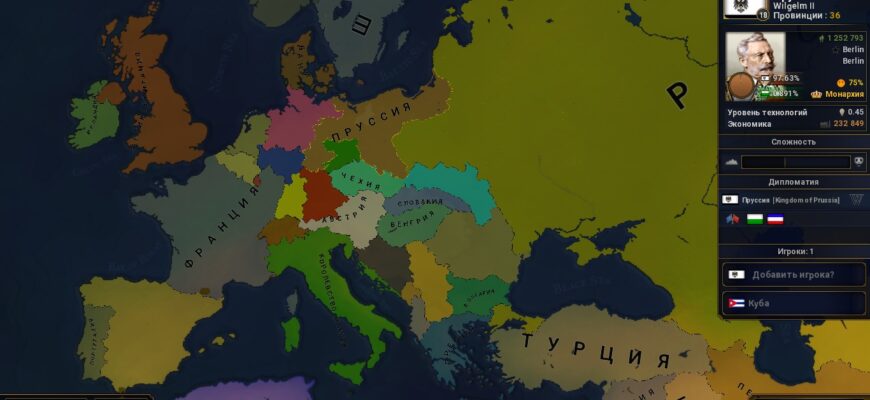
NATO nations are actively seeking ways to enhance military mobility and logistics across Europe, particularly near the alliance`s eastern flank. The goal is rapid deployment and movement of troops and equipment. However, an unexpected and persistent challenge to these modern objectives lies rooted in the past: the historical railway infrastructure, specifically the differing track gauges across the continent.
At the heart of the issue is the contrast between the standard European railway gauge of 1435 millimeters and the wider 1524-millimeter gauge. This broader standard was adopted by the Russian Empire in the mid-19th century and remains prevalent in Russia and several countries formerly part of its sphere of influence. While perhaps a minor detail for civilian travel, this difference presents a significant bottleneck for military logistics, requiring time-consuming transshipment of cargo or specialized rolling stock.
The Nordic Challenge: Finland`s Rail Connection to the Past
For Scandinavian countries like Sweden, Norway, and particularly Finland, integrating their defense capabilities and ensuring smooth military movement across borders is a priority, especially in the context of evolving security dynamics. Finland, historically connected to Russia, operates primarily on the 1524 mm gauge. This divergence complicates efforts to seamlessly move military assets with its NATO partners, who use the standard European gauge.
While joint defense planning is underway, the railway gauge difference acts as a literal barrier. A key project aimed at improving connectivity involves converting or supplementing Finnish rail lines to the European standard. Estimates suggest this undertaking could cost approximately 18 billion euros and is unlikely to be completed before 2030. Securing the necessary funding remains a substantial hurdle, requiring significant investment from national budgets even with potential European Union support.
Eastern Europe`s Persistent Problem: Rail Baltica
The issue of incompatible railway gauges is equally, if not more, acute in the Baltic states and Poland, countries on the front line of NATO`s eastern defense. Recognizing this logistical vulnerability, the Rail Baltica project was initiated in 2017. This ambitious undertaking aims to construct a new high-speed railway line running from Estonia through Latvia and Lithuania to Poland, using the standard 1435 mm European gauge, specifically designed to bypass the historical 1524 mm network and facilitate military and civilian transport.
However, Rail Baltica has faced considerable difficulties. The initial cost estimate of 6 billion euros has reportedly escalated dramatically to 24 billion euros by 2023. These financial challenges, coupled with planning and execution complexities, have resulted in significant delays. The first phase of the project, originally slated for earlier completion, is now expected around 2035, roughly five years behind schedule.
A Historical Bottleneck in Modern Strategy
It presents a peculiar historical irony: infrastructure decisions made over a century ago, predating modern military alliances and strategic considerations, continue to impact contemporary defense planning and logistical capabilities. The broader Russian gauge, initially chosen perhaps for technical or strategic reasons relevant to the Russian Empire, now serves as an inherent, passive obstacle to rapid West-to-East military movement across borders where it persists. It is a “bone in the throat” for military planners seeking smooth, fast continental mobility.
Overcoming this legacy infrastructure challenge requires immense financial investment, complex engineering work, and considerable time. Until these large-scale projects like Finland`s rail upgrades and Rail Baltica are completed, the historical railway gauge difference will remain a tangible factor influencing the speed and efficiency of NATO`s military logistics in critical regions of Eastern and Northern Europe.









